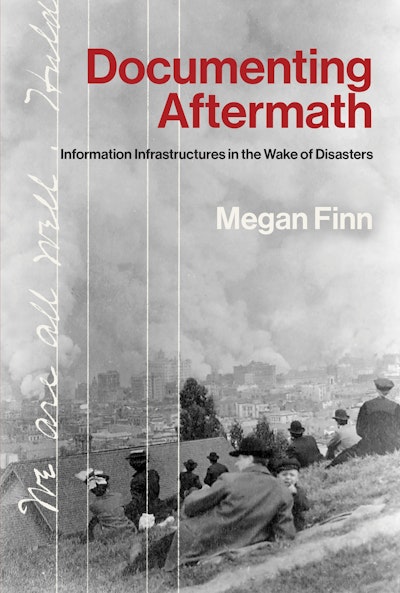- Published: 23 July 2024
- ISBN: 9780262552752
- Imprint: MIT Press Academic
- Format: Paperback
- Pages: 280
- RRP: $85.00
Documenting Aftermath
Information Infrastructures in the Wake of Disasters
- Published: 23 July 2024
- ISBN: 9780262552752
- Imprint: MIT Press Academic
- Format: Paperback
- Pages: 280
- RRP: $85.00
"Having experienced the 1989 Loma Prieta, I can testify that we experience earthquakes through information infrastructures in the buildings we inhabit, the roads that we drive on, the panic and emergency responses that occur, and images and news of 'the event.' This is a fascinating and revealing book on the different 'information orders' in the past 150 years that have prepared us, explained to us, and have otherwise filled in these imminent upheavals, which lie beneath our feet and haunt our everyday lives."
—Ronald E. Day, Professor, Indiana University, Bloomington
"Finn brings powerful ideas about historically specific information orders to scenes of earthquake disaster, providing critical perspective on information infrastructure (and its intensely relational qualities), on ways such infrastructure shapes and is shaped by disaster, and on how this stages what I would call disaster ethics – the responsibilities different social actors have before, during, and in the long wake of disaster. Highly recommended."
—Kim Fortun, Professor of Anthropology, University of California, Irvine
